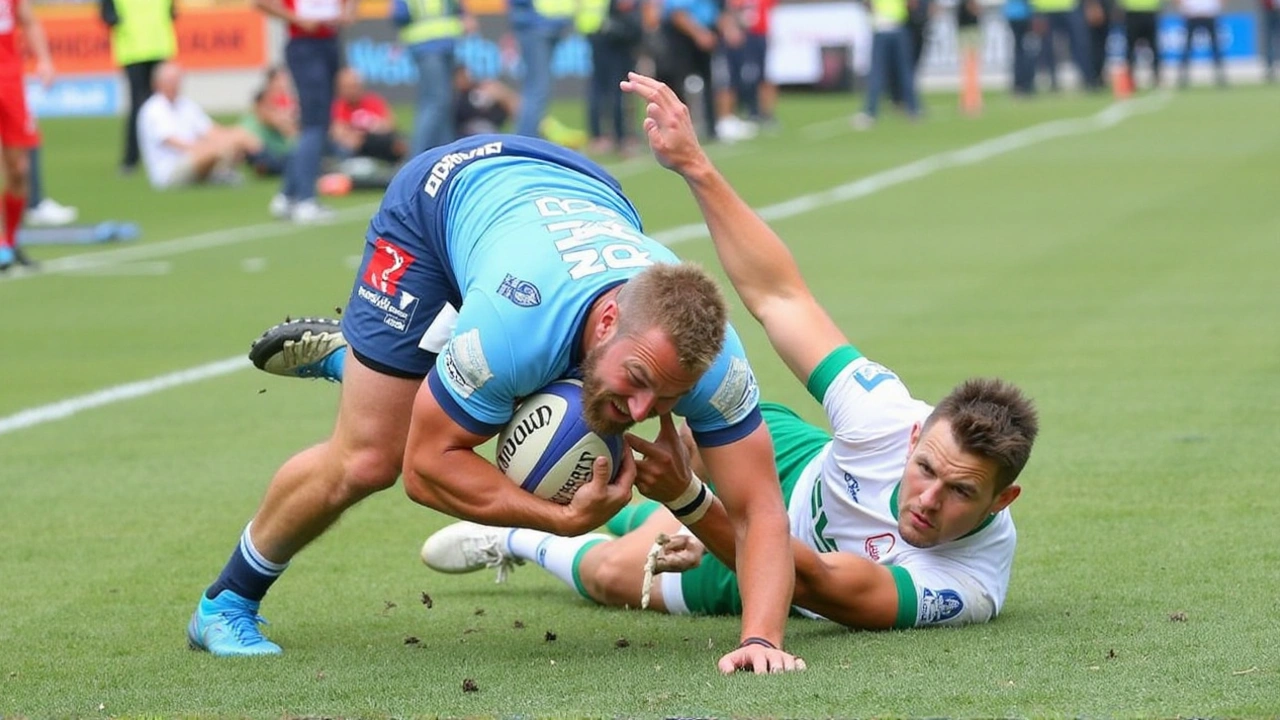
Saints Overcome Adversity to Claim Victory
The Northampton Saints' recent encounter with the Bulls at Loftus Versfeld in Pretoria was an engaging spectacle of resilience and skill. Despite facing the daunting challenge of high altitude and sweltering temperatures that soared above 30 degrees, the Saints demonstrated their ability to thrive under pressure. A 30-21 win in the Investec Champions Cup showcased not just their prowess on the field but also their psychological tenacity.
The start, however, was marked by a significant setback with the unfortunate injury of George Furbank, Northampton's captain and England international full-back. His premature exit, about 10 minutes shy of halftime due to a right arm injury inflicted by Bulls captain Elrigh Louw, was a gloomy moment for the team. Furbank's absence was noticeable as he stood on the sidelines, nursing his injured arm in a sling, an indication of a potentially severe issue that could impact the Saints' future endeavors.
Strategic Adjustments and On-Field Performance
Furbank’s departure necessitated crucial strategic adjustments, placing the spotlight on George Hendy, the replacement full-back. Hendy, alongside number eight Juarno Augustus, ensured that the team's performance arrowed upward instead of downward. Both players scored vital tries, laying a robust foundation for their side’s eventual triumph. Augustus, in particular, displayed ironclad determination when delivering a try immediately after Saints' prop Emmanuel Iyogun encountered a yellow card.
The second half saw a resurgent Saints team maintain the heat against their South African opponents. Tommy Freeman, stealthily lethal on the wing, added two touchdowns that increased the visitor’s lead. Meanwhile, fly-half Fin Smith was consistent with his boot, successfully converting two tries and nailing two crucial penalties.
Bulls' Valiant Effort
The Bulls, however, were no passive participants in this narrative. They delivered spirited plays of their own, notably through back-row forwards Cameron Hanekom and Marcell Coetzee who both crossed the try line. Hanekom's two tries and Coetzee's singular effort, complemented by Johan Goosen's masterful conversions, underscored the Bulls' ferocity and preparedness, albeit they fell short of snagging the win.
This confrontation was a showpiece of tactical acumen and rugby prowess. Northampton's Alex Mitchell was exemplary, orchestrating the pace of the game with finesse and precision. His adept handling and swift distribution were pivotal in advancing the Saints' attacking maneuvers, consistently putting pressure on the Bulls’ defenses. Alongside him, 19-year-old Henry Pollock amazed with startling maturity, showcasing profound physicality and impeccable skills at the breakdown, posing a significant challenge to the formidable Bulls pack.
Implications for the Champions Cup
With this victory, the Northampton Saints have carved out a secure spot for themselves atop Pool 3, positioning four points ahead of Munster. This lead is significant, reinforcing their credentials as potential contenders for the title, and bringing them closer to loftier ambitions within the Champions Cup. The enterprise and resolve they displayed are promising indications that this squad has what it takes to navigate the challenges of high-stakes rugby tournaments.
The Saints’ ability to endure and excel despite key injuries and adversarial environmental factors reveals the depth and adaptability of their squad. Their triumph against the Bulls is a masterclass example of overcoming adversity through strategic dynamism and tenacity. As they look forward to future matches, recovering Furbank's full capacity will be paramount, given his role both as a player and leader on the field. Yet, this fixture has proven they are more than capable of weathering storms and emerging victorious.
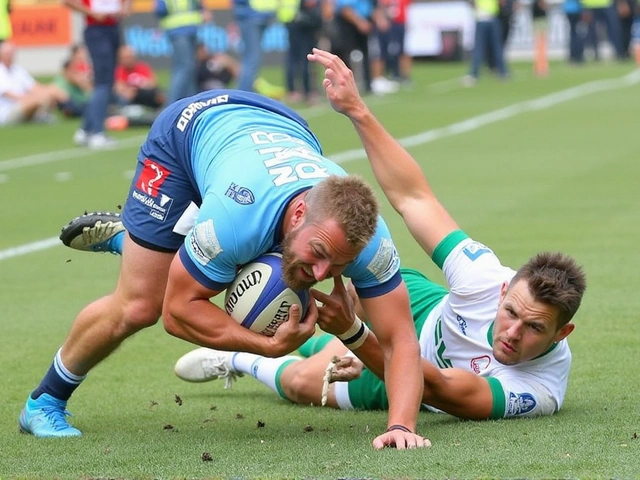
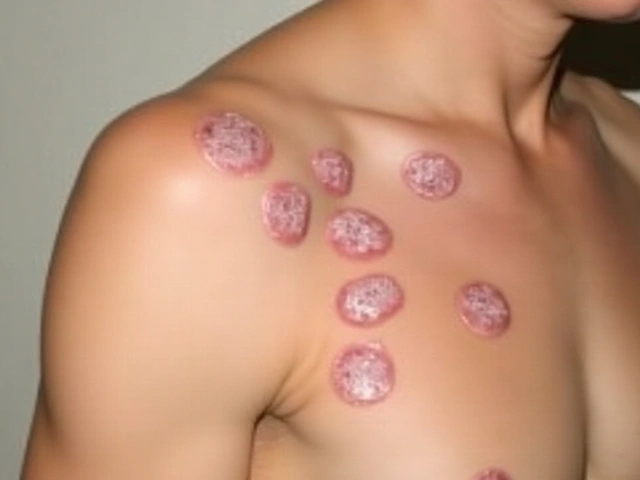

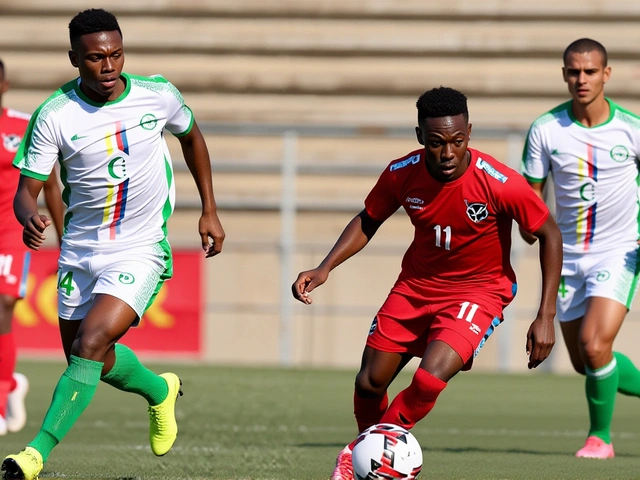
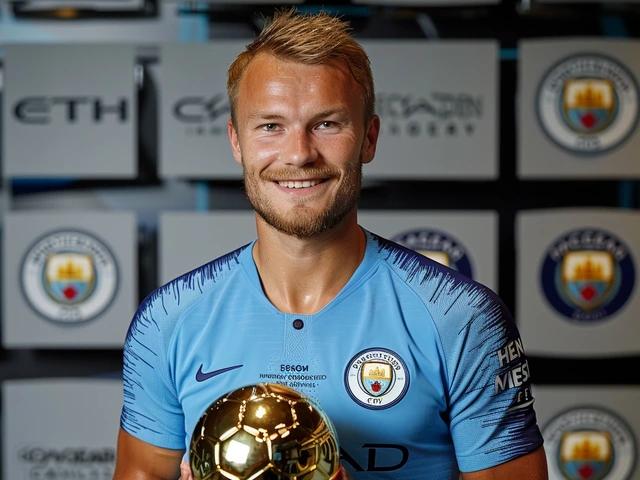

It is truly awe‑inspiring how the Saints managed to engineer a victory despite the flamboyant display of altitude‑induced perspiration, especially when the captain decides to audition for a modern art installation with his arm in a sling. The strategic adjustments displayed a level of tactical acumen that borders on the philosophical, and one cannot help but admire the resilience exhibited under such oppressive conditions. Moreover, the contributions of Hendy and Augustus provided a compelling narrative of depth and adaptability, reinforcing the notion that a team’s true strength lies beyond its star players. In sum, the Saints’ performance was a masterclass in overcoming adversity with poise.
Yo, the Bulls probably slipped a secret plasma injector into the ball, no joke.
Great job to the Saints for turning a setback into a win-keep that momentum going! Your adaptability is truly motivating.
In the grand theatre of rugby, the Saints wrote a soliloquy of resilience, echoing through the Pretoria night. Their resolve was nothing short of dramatic.
Wow!!! 🌟 The Saints just turned a potential disaster into pure 🔥 brilliance!!! 🙌💪
Apparently, 30 degrees up in Pretoria is just a gentle summer breeze for South Africans-who needs oxygen anyway? The Saints must have chugged a secret energy drink to keep up.
The article says “the Saints demonstrated their ability to thrive under pressure”; grammatically, it should be “demonstrated their ability to thrive under pressure,” not “their ability to thrive under pressure.” This sloppy editing undermines the credibility of otherwise solid reporting.
Honestly, the Saints just surfed that high‑altitude wave like pros-pretty solid stuff.
I vibe with that, Gary-shows what a deep bench can pull off when the starter goes down.
Indeed, the depth chart synergy exemplifies a high‑performance ecosystem; such adaptive capacity is the hallmark of a future champion.
The piece glorifies a win while glossing over the real cost of injuries.
Seriously? This is just propaganda- they’re feeding us a narrative to keep the English fans complacent!!!
Reflecting on the Saints’ recent triumph, one cannot avoid pondering the broader philosophical implications of resilience in sport. The team's capacity to reconfigure its tactics mid‑game mirrors the human ability to adapt when faced with unexpected adversity. George Furbank’s injury, while unfortunate, served as a catalyst for emergent leadership from Hendy and Augustus, illustrating how loss can provoke hidden strengths. The altitude factor introduced a physiological dimension that tested the limits of aerobic endurance, yet the Saints’ conditioning program evidently prepared them for such extremes. Moreover, the strategic use of penalties by Fin Smith demonstrates a nuanced understanding of risk Management in a hostile environment. The Bulls, despite their valiant effort, faltered because they could not sustain the same level of compositional depth when the Saints shifted momentum. In the context of the Champions Cup, this victory not only secures a favorable pool position but also sends a psychological message to rival clubs. It underscores the truth that squad depth often outweighs reliance on singular star power in tournament play. The narrative of overcoming injury also invites a discussion about player welfare and the long‑term ramifications of high‑impact collisions. As the Saints look ahead, the rehabilitation of Furbank will be pivotal; his return could redefine the team’s attacking structure. However, the existing synergy among the remaining backs suggests that the group may have already evolved beyond dependence on any one individual. This evolution is emblematic of modern rugby’s transition toward a more collective identity. From a tactical standpoint, the double‑wing attacking pattern executed by Freeman and Smith provided a spatial stretch that the Bulls struggled to contain. The defensive line’s response to these overlaps highlighted gaps that future opponents might exploit. In sum, the Saints’ performance was a comprehensive case study in adaptability, strategic foresight, and the power of cohesive team dynamics, offering valuable lessons for any organization seeking to thrive under pressure.